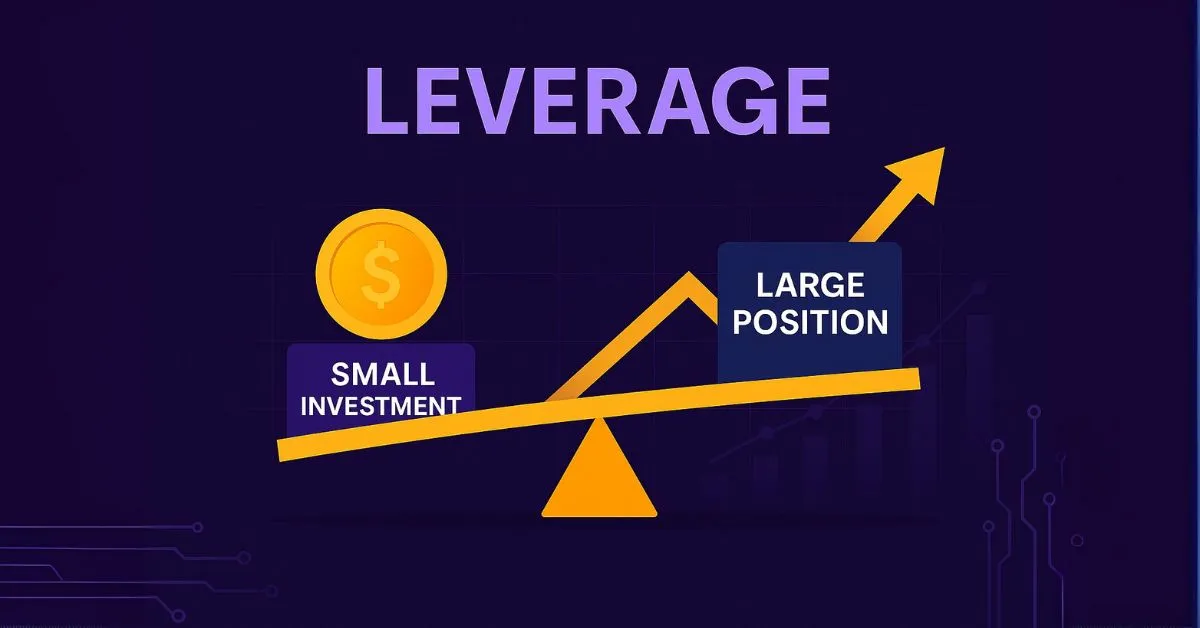
What Is Leverage? Mastering Financial Leverage In Investing
1. What Is Leverage?
Leverage is a financial tool that enables investors to use borrowed funds to increase their trading position beyond what would be possible with their own capital alone. For example, with 10x leverage, an investor can control a $10,000 position with just $1,000 of their own funds.
2. How Leverage Works
When using leverage, investors borrow funds from a broker to open larger trading positions. Profits or losses are calculated based on the full value of the position, not just the investor's own capital. This can lead to higher profits but also increases the potential for significant losses if the market moves against the position.
3. Benefits Of Leverage
• Increased Potential Returns: Leverage allows investors to amplify their profits with a smaller initial investment.
• Access to More Investment Opportunities: Investors can participate in markets that may have been previously inaccessible due to capital constraints.
• Portfolio Diversification: Leverage enables investors to allocate capital across various assets, enhancing diversification.
4. Risks Of Leverage
• Amplified Losses: Just as leverage can increase profits, it can also magnify losses, potentially leading to the loss of the entire investment.
• Borrowing Costs: Using leverage often involves paying interest on borrowed funds, which can reduce net profits.
• Liquidation Risk: Significant market movements can trigger margin calls, forcing the liquidation of positions and resulting in substantial losses.
5. Effective Use Of Leverage
• Implement Risk Management: Use stop-loss orders and position sizing to manage potential losses.
• Understand the Market: Gain a thorough understanding of the market and financial instruments before employing leverage.
• Choose Appropriate Leverage Levels: Avoid using excessive leverage that exceeds your risk tolerance.
6. Conclusion
Leverage is a powerful tool in financial trading that can enhance potential returns but also increases risk. Investors should fully understand how leverage works, its benefits and risks, and apply effective risk management strategies to use leverage safely and effectively.